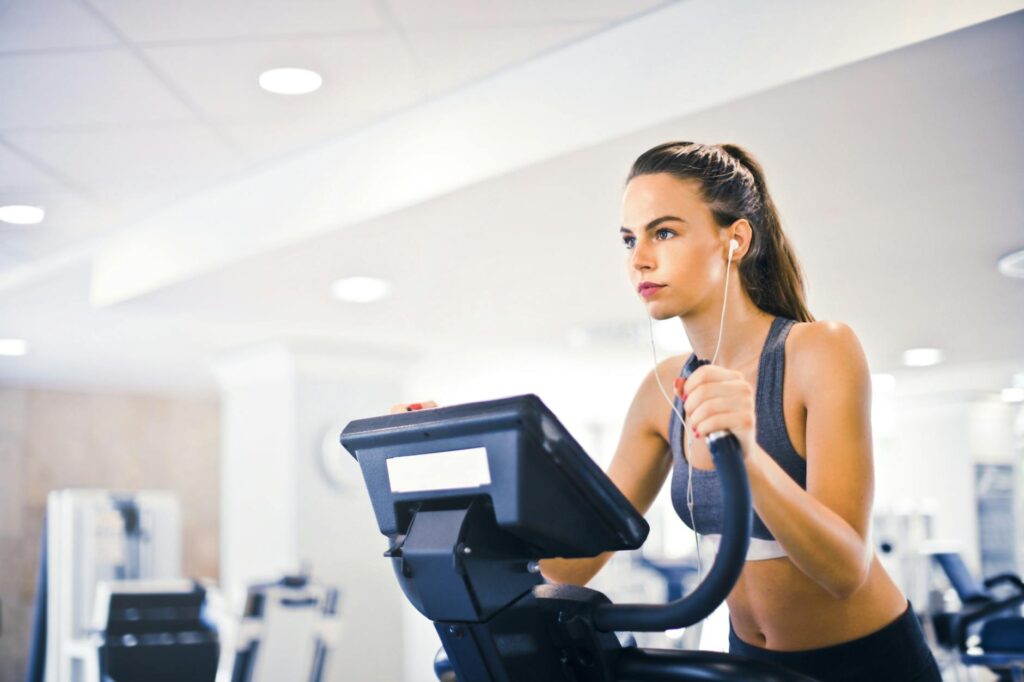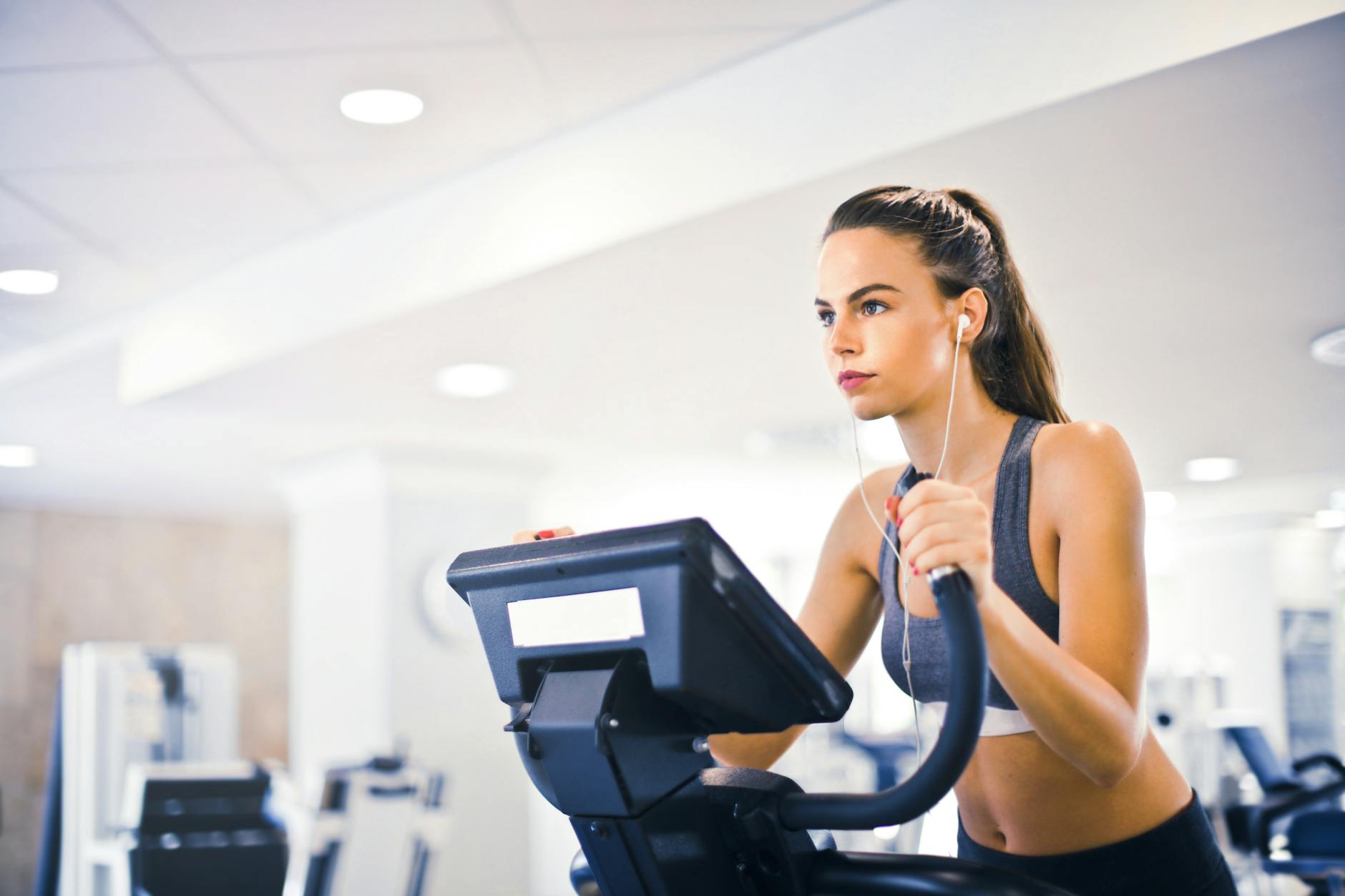What is physical exercise?

What is Physical Exercise?
Physical exercise is more than just a routine; it’s a critical part of a healthy lifestyle. Engaging in regular physical activity can help improve your overall well-being, productivity, and personal development. Think of it as investing in your health, where the dividends come in the form of increased energy, improved mood, and greater resilience against stress. So, let’s break down the essence of physical exercise, its varieties, and how you can seamlessly incorporate it into your daily life.
Defining Physical Exercise
At its core, physical exercise refers to any bodily movement that enhances or maintains physical fitness and overall health. This can involve anything from walking and running to more structured workouts like weightlifting or yoga. Physical exercise is not one-size-fits-all; it encompasses various forms and intensities, each catering to different fitness levels and goals.
Types of Physical Exercise
There are four primary types of physical exercise, each serving unique benefits:
-
Aerobic Exercise: This includes activities like running, swimming, and cycling. Aerobic exercises increase your heart rate and improve oxygen flow throughout your body.
-
Anaerobic Exercise: These involve short bursts of high-intensity activity that build muscle strength, such as weightlifting or sprinting.
-
Flexibility Exercises: Stretching routines and yoga fall under this category. They improve your range of motion and prevent injuries.
-
Balance Exercises: Activities like tai chi help enhance coordination and stability, crucial for preventing falls, especially as we age.
If you’re curious about more types of exercises, check out this comprehensive guide.
Benefits of Physical Exercise
The benefits of engaging in regular physical exercise are extensive:
- Physical Health: Regular activity helps control weight, combats health conditions like diabetes, and strengthens bones and muscles. It’s essential for maintaining a healthy heart.
- Mental Health: Exercise has proven effects on mental well-being. It can reduce stress, anxiety, and depressive symptoms. Regular physical activity boosts self-esteem and improves sleep quality.
- Emotional Well-Being: The sense of accomplishment from completing a workout can lift your mood and enhance your self-image.
For an in-depth look at these benefits, visit Mayo Clinic’s overview.
The Science Behind Physical Exercise
Understanding how physical exercise affects our bodies can deepen our appreciation for its importance.
How Exercise Affects Muscle and Bone Health
Physical exercise stimulates muscle growth and strengthens bones. When you engage in weight-bearing activities, your muscles generate tension, which in turn helps to maintain and increase bone density. This is particularly important as we age since our bones naturally lose density over time.
The Role of Endorphins and Mental Health
Have you ever heard of the “runner’s high”? That feeling of euphoria you get after exercising is largely due to the release of endorphins, the body’s natural mood lifters. Regular physical activity can also reduce levels of stress hormones like cortisol, contributing to better mental health. For more insights into the psychological benefits of exercise, check out this Harvard study.
Incorporating Physical Exercise into Daily Life
Integrating physical exercise into your busy schedule might seem challenging, but it’s entirely doable with the right strategies.
Creating a Balanced Exercise Routine
A well-rounded exercise plan should include all four types of exercise mentioned earlier. Start with a mix of aerobic, strength, flexibility, and balance activities. Aim for at least 150 minutes of moderate aerobic activity or 75 minutes of vigorous activity each week, combined with muscle-strengthening activities on two or more days.
Setting Realistic Goals for Physical Exercise
Setting achievable fitness goals is crucial for maintaining motivation. Instead of aiming for drastic changes, set small, incremental goals. For example, commit to walking for 10 minutes a day and gradually increase the duration. This approach not only ensures consistency but also enhances your confidence as you achieve each goal.
For practical tips on integrating exercise into your life, consider this resource from HelpGuide.
Conclusion
Physical exercise is a cornerstone of a healthy lifestyle, providing numerous physical, mental, and emotional benefits. Understanding the different types of exercise and their effects can motivate you to make fitness a priority in your daily life. By setting realistic goals and creating a balanced routine, you can enhance your well-being and productivity. So, take the first step today. Your body and mind will thank you for it!

Photo by Andrea Piacquadio